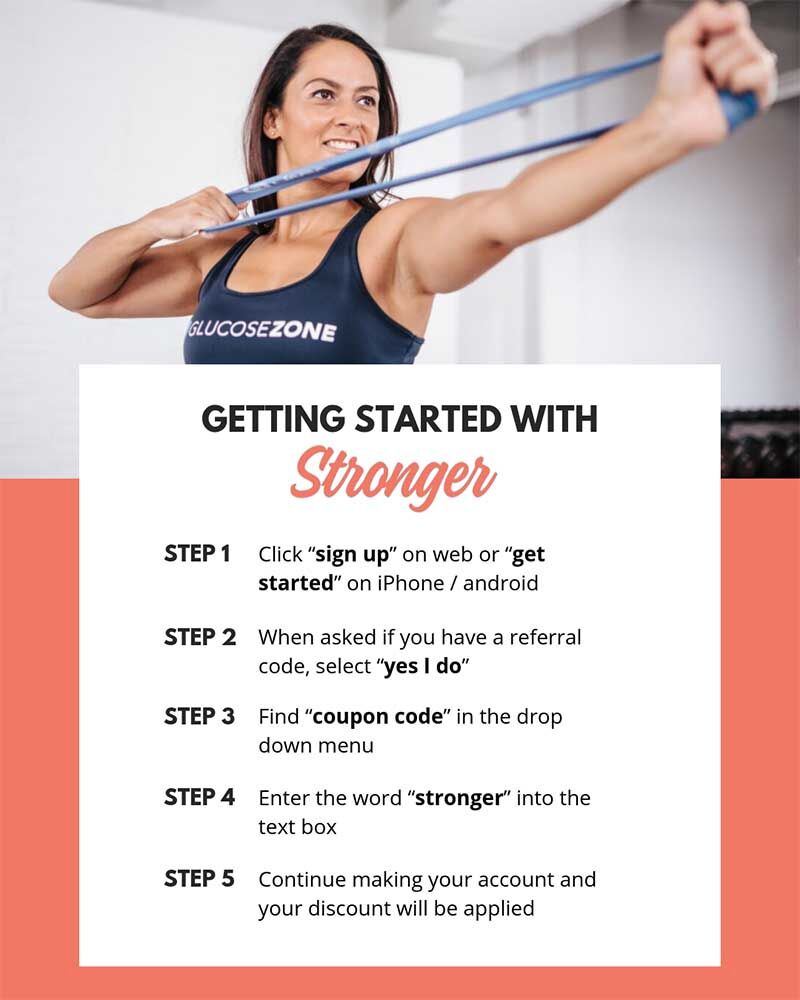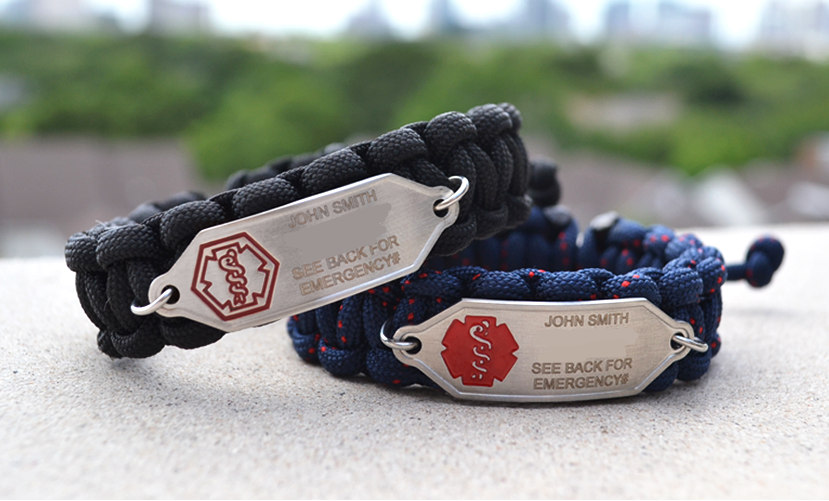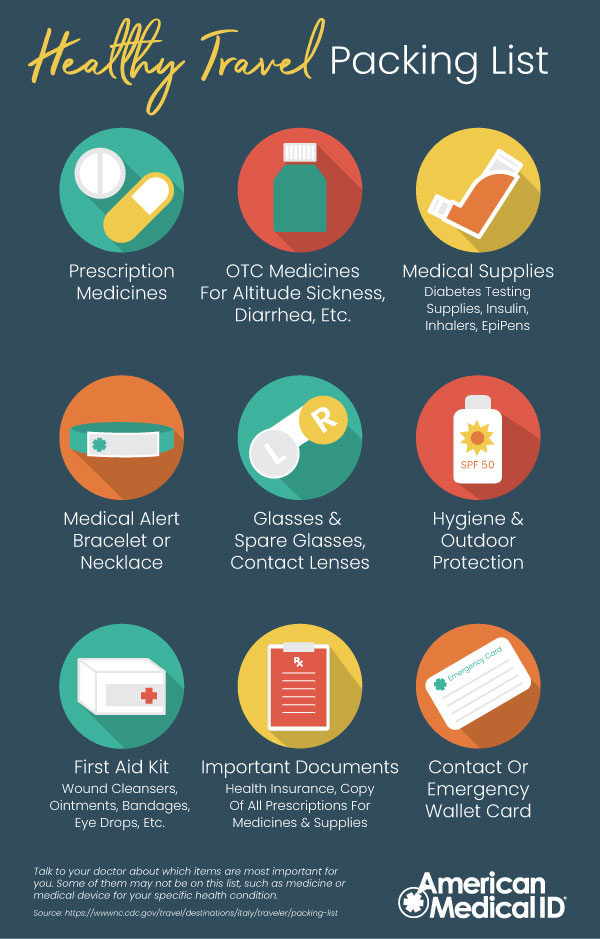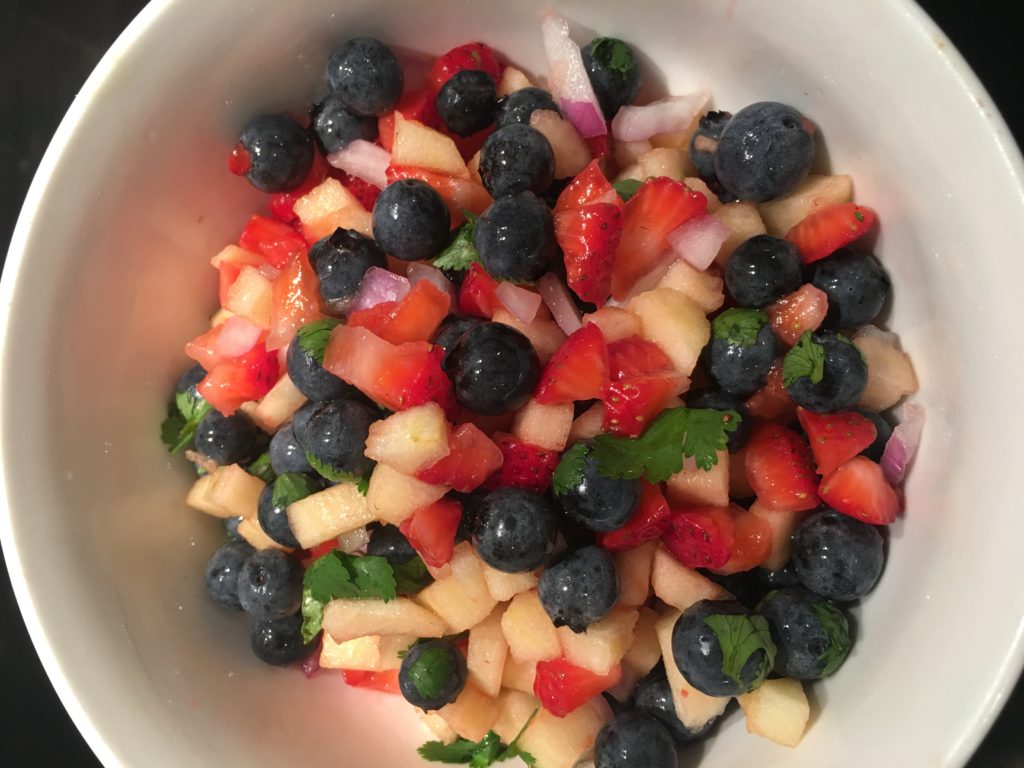Justin tells his side to healing and how to check your testicles, read more on CancerLyfe.
Katie:
In May of 2019, I joined Lyfebulb as the new Community Manager. Like many patients (including Ambassadors and Entrepreneurs) part of the Lyfebulb community, my health journey has not been easy. I struggled with chronic, neurological Lyme disease for close to a decade. The lack of awareness of this chronic illness prolonged my receiving of adequate treatment because of the inability to get properly diagnosed. Once diagnosed, I spent years researching all that I could about chronic Lyme and making all possible lifestyle changes within my control (diet, exercise, sleep hygiene, chemical-free product substitutions) to get myself out of a state of illness and into one closer resembling “wellness”.
After I could finally see the light at the end of the tunnel and observed marked changes in my symptoms, I learned how important support drawn from shared chronic illness experiences are to improved disease management and in certain cases, remission. Through this realization, I went to culinary school to learn the intricacies of preparing healthy yet still delicious food so that I could more thoroughly stay true to my commitment to wellness. My chronic illness ultimately taught me how to thrive in life, directing me towards likeminded people who have had similar health journeys.
At the age of 27, I now work for Lyfebulb in order to help build the chronic disease community that I wish I had from the start of my health journey–especially during my sickest years. Chronic illness strips you of hope and the natural instinct of a chronically-ill person is to curl up and isolate from the rest of the world. My goal is to encourage others who are either creating community or innovation around their disease to come together so that we can make the impact of patient-driven innovation and messages of how to thrive with chronic illness, or of wellness, that much stronger.
Jamie:
I joined Lyfebulb in June of 2019. My role includes the development of partnerships, execution of Innovation Summits, and the management of Lyfebulb’s Patient Entrepreneur Circle. I came to Lyfebulb with a different background than most of my colleagues. Unlike Katie, Karin, and our extended community, I do not suffer from chronic disease, nor do I have loved-ones who do – or so I thought prior to joining Lyfebulb.
Though fortunate on to this end, health and wellness has always been a high priority. With northern California roots, it was instilled upon me at a very young age that it is more than just a lifestyle choice – it is necessary to keep the body and brain sustainable.
Formally, I geared my educational studies towards art history and business. After school, I landed a dream job in the field at an art market transparency company. Four years later, I found myself feeling unfulfilled. Though art will always be a passion, I sought out to find a field where I could make more of an impact.
I found Lyfebulb by chance, attending the UnitedHealth Group Summit activation event for depression and anxiety. Shortly thereafter, I joined the Lyfebulb team and brought the UHG Summit to fruition. Though grateful for my time spent in art, I am grateful to have returned to my path of wellness and health, and look forward to where it will take me.
Challenge brought together 10 finalists who are building solutions for those affected by depression and anxiety
MINNETONKA, Minn., and NEW YORK (July 24, 2019) Lyfebulb LLC and UnitedHealth Group (NYSE: UNH) are pleased to announce that Rohan Dixit of Lief Therapeutics was selected as the winner of the “Addressing Unmet Needs in Depression & Anxiety: An Innovation Challenge.” Lief Therapeutics has developed an intuitive, data-driven wearable consumer product for anxiety used to teach the skill of mindfulness using heart rate variability.
Rohan was selected from a group of passionate innovators who were finalists in the Challenge, including Jay Brown of Health Behavior Solutions; Matt Loper of Wellth; Lisa McLaughlin of Workit Health; Katherine Ponte of ForLikeMinds; Jan Samzelius of NeuraMetrix; Dr. Ryan Stoll of COMPASS for Courage; Dr. Mehran Talebinejad of NeuroQore; Quayce Thomas of Timsle; and Keith Wakeman of SuperBetter.
Dennis Urbaniak, Chief Digital Officer of Havas Health & You, who served as Chair of the Jury commented, “Rohan not only has a mission and purpose that aligned with the criteria of the challenge, but also has taken a conventional approach and reimagined it through the patient experience with evidence-based science behind it. Additionally, he has identified viable pathways to commercialization.”
The Innovation Challenge was open to established companies of all sizes that are founded or led by an entrepreneur who has been affected by depression and anxiety, whether as a patient or through a loved one, and who has created a product or service to address an unmet need identified through personal experience. The 10 finalists gathered at UnitedHealth Group’s headquarters for two days of meetings, workshops and pitch presentations. The event culminated with a panel of esteemed judges selecting Rohan Dixit for the $25,000 award.
“Partnering with UnitedHealth Group for a second year in a new therapeutic area which impacts all of healthcare is tremendous for Lyfebulb,” said Dr. Karin Hehenberger, Founder and CEO of Lyfebulb. “We have established a community of people affected by and caring about depression and anxiety, from which we sourced ten exceptional patient entrepreneurs to join us in Minnetonka over the past few days. Their passion and determination to solve daily issues that burden so many individuals came through clearly during the pitches.”
The judges included experts from the patient, business and medical communities including Mike Christy, Senior Vice President of Venture Development at UnitedHealth Group; Dr. Raja M. David, Founder and Owner of Minnesota Center for Collaborative/Therapeutic Assessment; Matt Kudish, Executive Director at NAMI-NYC (National Association of Mental Illness); AnnMarie Otis, Patient Advocate; Dr. Bethany Ranes, Research Associate at UnitedHealth Group; and Dennis Urbaniak, Chief Digital Officer at Havas Health & You.
“Through this innovation challenge, we learned from patients and caretakers who live and breathe the challenges of this disease every day,” said Dr. Deneen Vojta, Executive Vice President and Chief Medical Officer of Research & Development at UnitedHealth Group. “We see depression and anxiety touch all populations we serve and we valued the opportunity to bring together entrepreneurs, health care providers, patient advocates and business leaders at the summit. Together, we can help bring the most innovative, effective tools – inspired by personal experiences – into the marketplace.”
Have you ever dreamt of working out with a trainer who understands diabetes, who might even live with diabetes, and who gets what it takes to get through a workout without wonky blood sugars?
Well, that trainer could be me!
Today, my 12-week fitness program “STRONGER”, that I developed for GlucoseZone, is available in the GlucoseZone app. I’d like to personally invite you to come train with me. To join me for a program that will push you to be a stronger version of yourself.
Sign up HERE and use the “STRONGER” code to get 30% off your monthly subscription
The beauty of joining GlucoseZone is that you’ll get access to not only my program but to 6 other exercise programs, as well as live workouts, all developed specifically for people living with diabetes. You can do all of the workouts in your own home or bring it to the gym.
Regardless of your fitness level, you can find qualified instructors to take you through the workouts that are right for you, and always with your diabetes in mind.
One of the reasons why I’m so excited about working with GlucoseZone is that it’s the first-ever clinically validated digital exercise therapeutic for people living with diabetes, and it’s endorsed by the American Diabetes Association.

Sign up HERE and use the “STRONGER” code to get 30% off the monthly retail (You’ll only pay $9.09 per month) when you sign up for the GlucoseZone app.
Connect with Christel on Facebook: @DiabetesStrong; Instagram: @diabetesstrong_ig.

Living life on-the-go can be fun and busy, however, doing so with a chronic illness requires a few extra steps and planning along the way.
Hi, my name is David and I have been living with Type 1 Diabetes for 10 years now. I was diagnosed at the age of 11 and let me tell you… I have been through a lot. In living with this disease, I have been able to experience so much and learn from my mistakes. In doing so, I have come to realize that as a diabetic, I am one of those who should wear a medical ID and why it’s important for all life’s experiences.
For years on end, I never wore a medical ID bracelet. I could never find a bracelet that I simply liked or wanted to wear daily. When I became a part of the Diabetic Online Community (DOC) back in 2014, I was exposed to several different people who shared the same struggle. I also saw a variety of amazing brands and companies who understand this struggle and have found ways to make ID bracelets, dog tags, necklaces, and more so much nicer and pleasing to the eye and the patient. I own several different medical ID bracelets, I think when one finds their style with Diabetes, it’s always nice to have options and create your own look, which is why owning multiple forms of emergency ID that go with different looks is a great idea!
I have mentioned several times on my Instagram, @type1livabetic, that when wearing my personalized Paracord bracelet from American Medical ID, I felt so very safe. I felt as though if anything Diabetes-related could go wrong, I would be prepared. On my engraved bracelet, my name, condition, and emergency contact information were all located on a small piece of metal, attached to the Paracord bracelet. At a recent trip to Disneyland with a large group of people who also had Type 1 Diabetes that could vouch for me if there were to be an emergency, I still encountered times in which I was alone at the park (walking to and from my car, walking to meet the attendees, or simply stepping to the side to grab a snack), rest assured, I was confident with my Diabetes at the time.
So why is it so important to wear a form of medical alert jewelry for Diabetes? Well, not to get too dark or technical, however, the fact remains that we do have Type 1 Diabetes that does come with some symptoms and consequences. If our blood sugar drops significantly low, we could pass out and become unconscious or go into a coma. Same with high blood sugar, if we are severely high and go into DKA, we could in fact experience some symptoms that could limit our ability to function, which can prevent us from acting at the moment to get help. Say you were in public, alone, and you experienced one of these symptoms, if you were wearing a medical ID, someone nearby would most likely come to check for various hints or signs on you if something doesn’t look entirely right and search for an alert jewelry in particular sites on the body: wrists, around the neck, tattoos, etc.
In being diagnosed with any chronic disease and being told you have to take extra care of yourself can be a lot, however, allowing yourself some relief by wearing a form of ID can truly reduce a lot of the stress surrounded by various diseases. One should never leave the house without some form of ID as you never know when these emergencies could happen.

The CDC includes having a form of medical identification such as alert bracelets, necklaces, or wallet cards as part of a healthy travel packing list.
I believe that some may also feel safe in knowing that they have a medical ID card in their wallet as well, for added peace of mind. One should also wear a form of ID at home, just in case. For those who live alone, I understand that it may feel as though you are not in need of wearing an ID at home as you will be alone, but that could just be the very tool that can keep you alive, say you have an emergency, it could be that neighbor walking by and seeing something isn’t right that could barge in and save your life and being able to identify you have a particular medical condition that needs attention.
We each have our own busy lives that take up so much time and mental focus away from our health, which is why wearing medical alert jewelry can protect us as we are on the move, daily. School, work, the playground, a coffee shop, wherever you may be, ID is necessary. No matter how old the patient is, whether a child, teen, adult, or elder, wearing a medical ID all the time can protect us from the dangers of our diseases and more.
Live well,
David
Make this healthy, low-sugar recipe for your Fourth of July feast that is sure to be a crowd-pleaser!
Recipe by Lyfebulb Ambassador, Lindsay Hawker @runningpastcancer:
A fruit salsa that is both tasty and festive with it’s coloring being red, white and blue!
This sweet but refreshing salsa is great for parties and wonderful for kids to enjoy as well. Who says salsa has to be spicy anyway? It’s super easy to throw together and can be served with a side of tortilla chips.

Ingredients:
1 cup blueberries
1 cup strawberries, diced
1 cup jicama, diced – If you are unfamiliar with jicama, it is an edible root vegetable native to Mexico and commonly eaten raw (can also sub for peeled/diced apple).
1/4 cup cilantro, chopped
1/4 cup red onion, diced [optional]
1 lime, juiced
Salt to taste
Instructions:
Add all ingredients together, then wait 30 minutes before serving so all of the flavors have a chance to marinate and combine. Serve chilled and enjoy!
